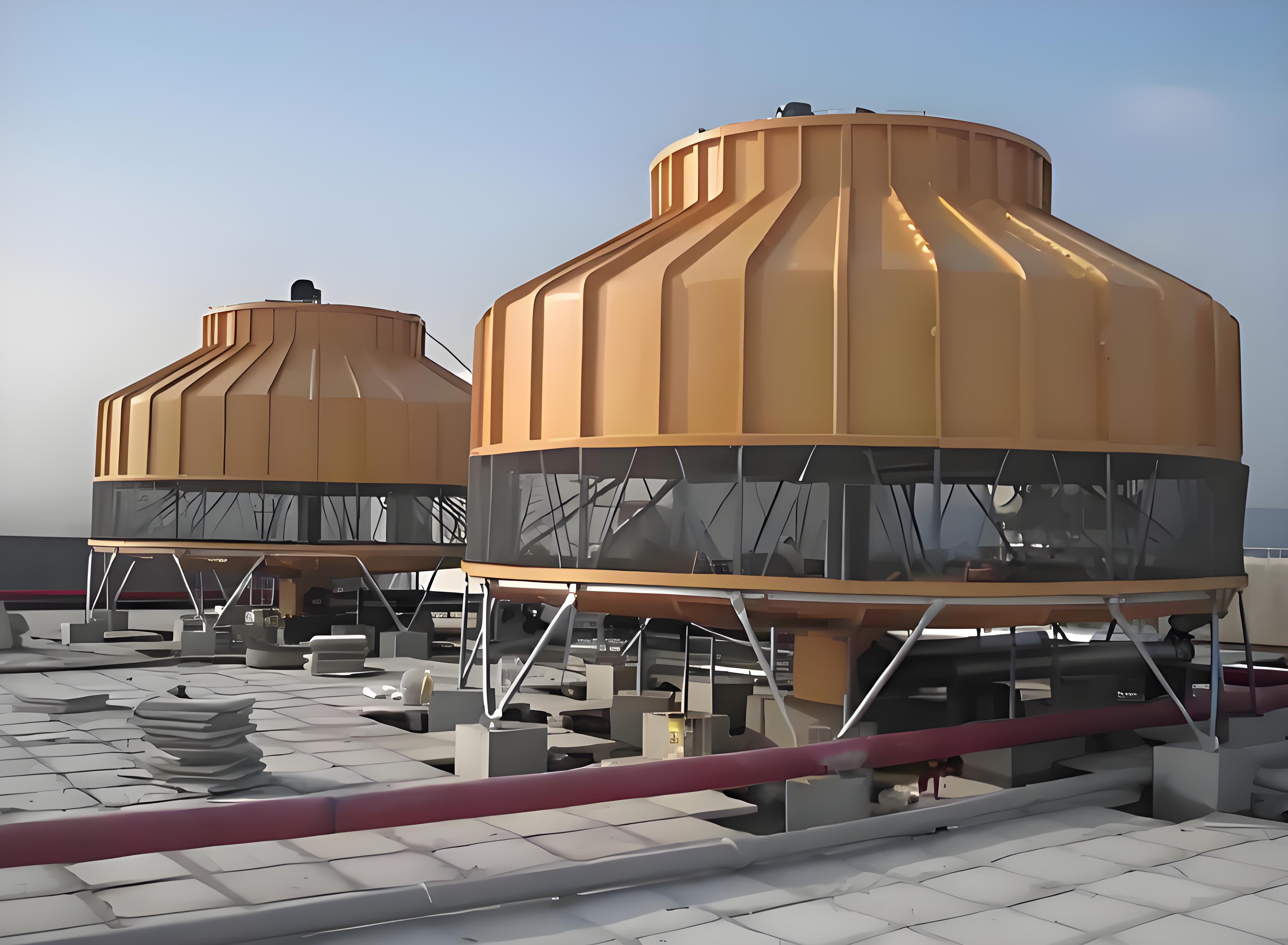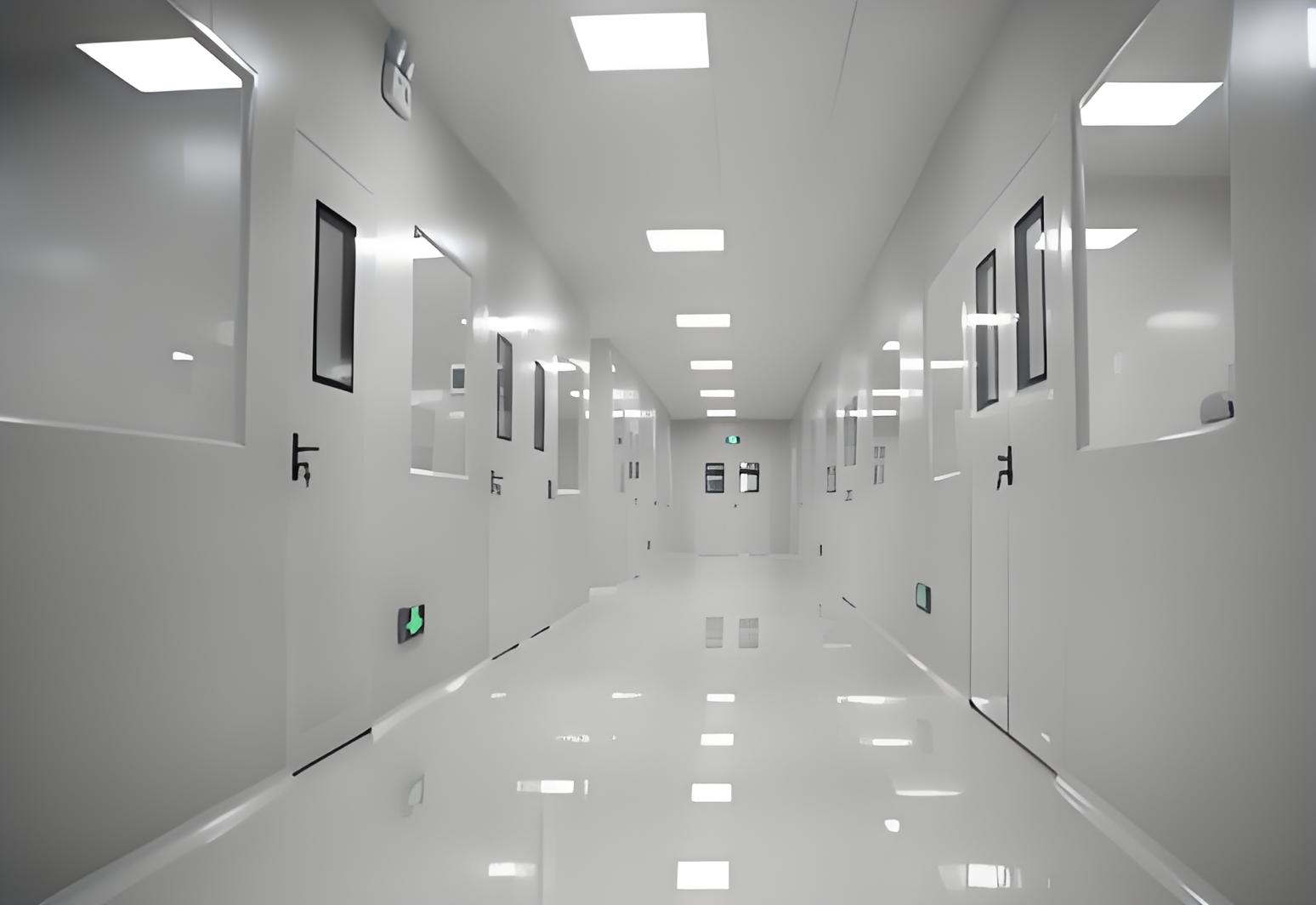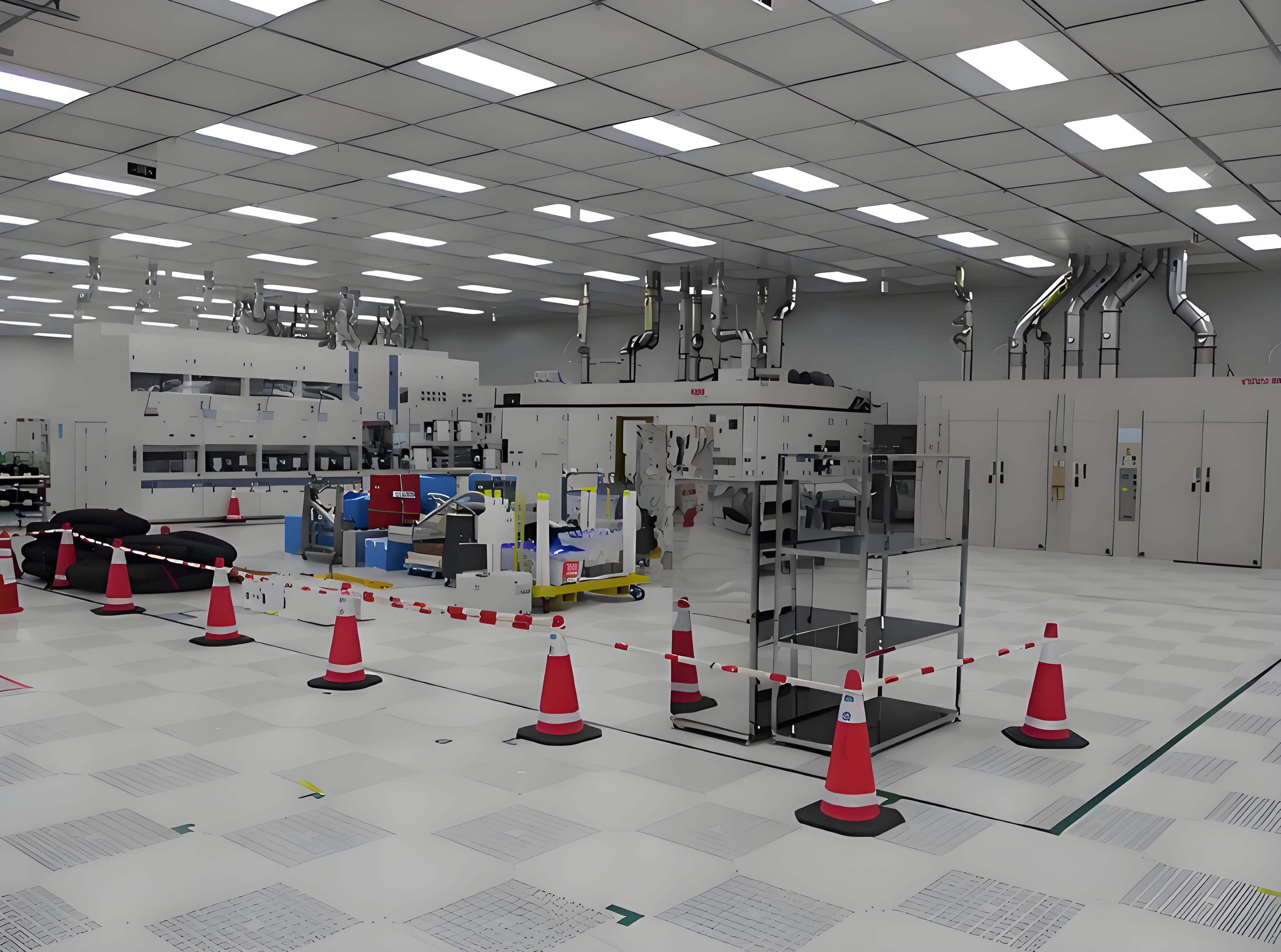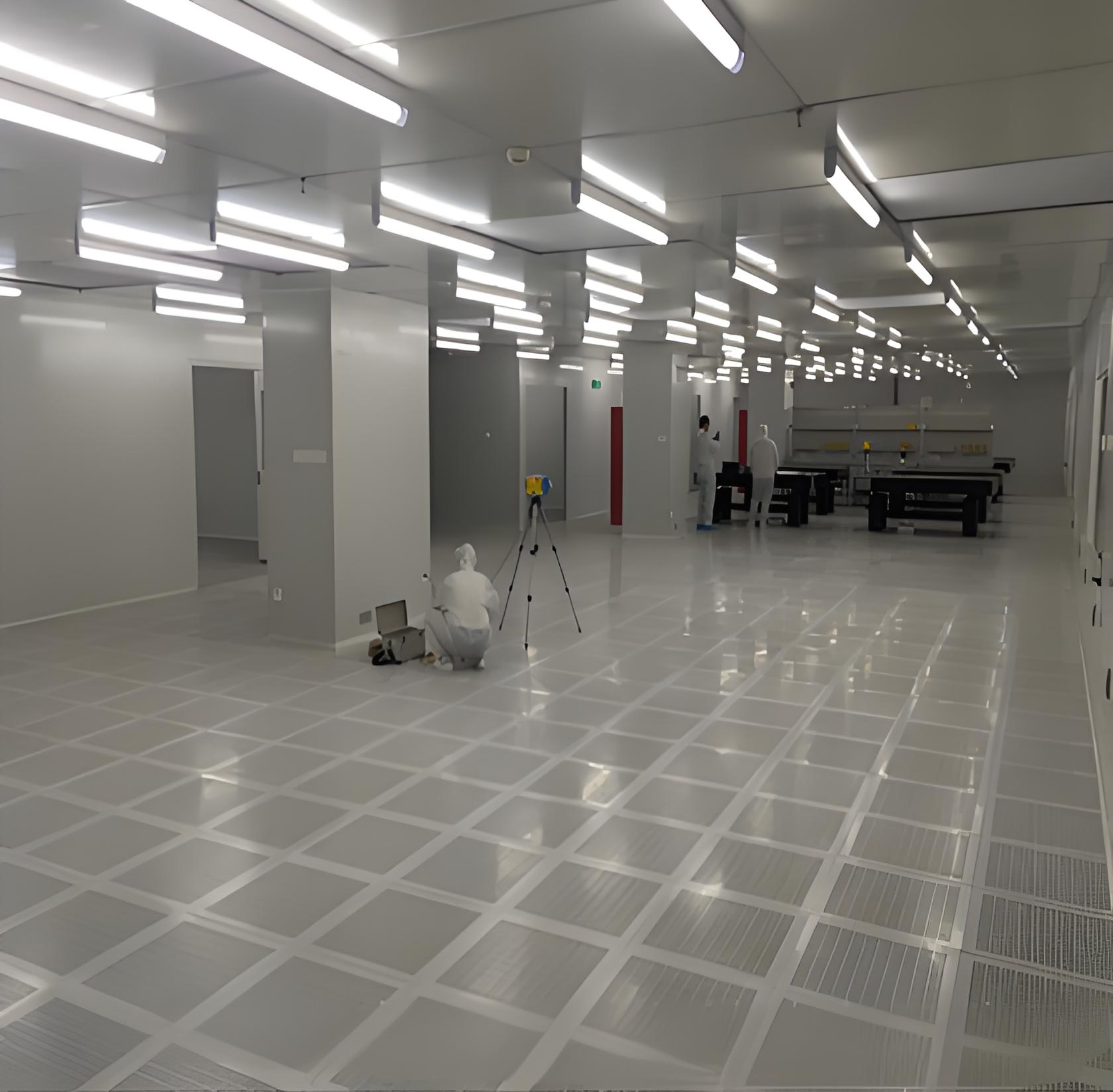




In today's precision-driven manufacturing landscape, a dust-free workshop is no longer a luxury but a critical necessity. From microelectronics and pharmaceuticals to aerospace and advanced biotechnology, controlling particulate contamination is directly linked to product yield, performance, and safety. This article cuts through the complexity, offering a clear breakdown of the five essential factors you must consider when planning, designing, or operating a controlled environment. We will also explore how a partner like TAI JIE ER can deliver robust and cost-effective cleanroom solutions.

A dust-free workshop, more technically known as a cleanroom, is a controlled environment where contaminants like dust, airborne microbes, and aerosol particles are filtered out. The core principle is to maintain a specified level of air cleanliness by introducing highly filtered air, controlling humidity and temperature, and regulating pressure. The performance of a dust-free workshop is not just about the filters on the ceiling; it's an integrated system encompassing architecture, HVAC, and stringent operational protocols.
The consequences of particulate contamination can be catastrophic. In semiconductor fabrication, a single dust particle can ruin a microchip, leading to massive financial losses. In pharmaceutical manufacturing, airborne contaminants can compromise drug sterility, posing severe health risks. An effective dust-free workshop directly safeguards your:
Product Quality: Reduces defects and ensures consistency.
Process Reliability: Provides a repeatable and stable production environment.
Regulatory Compliance: Meets strict standards like ISO 14644 and GMP (Good Manufacturing Practice).
Bottom Line: Improves yield and reduces waste and rework.
1. International Cleanroom Standards and Classification
The first step is defining your cleanliness level. The international standard ISO 14644-1 classifies cleanrooms based on the concentration of airborne particles. For instance, an ISO Class 5 dust-free workshop allows no more than 3,520 particles of 0.5 microns per cubic meter, while an ISO Class 8 allows 3,520,000. Your industry's requirements will dictate this classification. Pharmaceutical cleanroom standards often align with ISO classifications but add GMP guidelines for aseptic processing.
2. Robust HVAC and Filtration Systems
The heart of any dust-free workshop is its Heating, Ventilation, and Air Conditioning (HVAC) system. It's responsible for:
Air Filtration: Typically using High-Efficiency Particulate Air (HEPA) or Ultra-Low Penetration Air (ULPA) filters to remove 99.97% to 99.9995% of particles.
Airflow Control: Employing either Laminar (unidirectional) or Turbulent (non-unidirectional) airflow to sweep away contaminants generated within the room.
Environmental Control: Precisely managing temperature and relative humidity to ensure product stability and operator comfort.
3. Proper Cleanroom Construction Materials and Layout
The materials used in constructing a dust-free workshop must be non-shedding, smooth, and easy to clean. Common materials include powder-coated steel, stainless steel, and cleanroom-grade vinyl sheeting. The layout should be designed for a logical flow of personnel, materials, and waste to minimize cross-contamination. This includes the strategic placement of airlocks, gowning rooms, and pass-through chambers.
4. Stringent Operational Protocols and Gowning
The most advanced dust-free workshop is useless without strict operational discipline. This includes:
Gowning Procedures: Personnel must wear dedicated garments like coveralls, bouffant caps, gloves, and face masks to contain human-borne contaminants.
Material and Equipment Etiquette: All items entering must be wiped down with appropriate solvents or pass through an airlock.
Cleaning and Monitoring: Regular cleaning with specified agents and continuous monitoring of particle counts, pressure differentials, and temperature are mandatory.
5. Total Cost of Ownership and Investment Analysis
Understanding the cost of a dust-free workshop goes beyond the initial construction. The Total Cost of Ownership (TCO) includes:
Initial Design & Build: Architectural, engineering, and construction costs.
Energy Consumption: The HVAC system is a significant and ongoing energy user.
Maintenance & Filter Replacement: Regular servicing and filter changes are critical operational expenses.
Validation & Compliance Testing: Periodic testing to recertify the room to its specified class.

At TAI JIE ER, we understand that a successful dust-free workshop is a holistic system. We don't just supply components; we deliver integrated solutions. Our process begins with a deep analysis of your process needs and compliance requirements. Our team of engineers then designs a cleanroom that optimizes layout, selects the most efficient and reliable HVAC systems, and specifies durable, compliant materials. We focus on building a dust-free workshop that not only meets your target classification but is also energy-efficient and cost-effective to operate over its entire lifecycle, ensuring a strong return on your investment.
Building and maintaining an effective dust-free workshop is a complex, multi-faceted endeavor. Success hinges on a meticulous approach to five key pillars: adhering to the correct standards, implementing a robust HVAC system, using proper construction materials, enforcing strict operational protocols, and understanding the full financial investment. By partnering with an experienced provider like TAI JIE ER, you can navigate these complexities with confidence, ensuring your controlled environment becomes a reliable asset for quality, innovation, and growth.
Q1: What is the typical lifespan of a well-maintained dust-free workshop?
A1: The structural shell of a well-maintained dust-free workshop can last for 20 years or more. Critical components like HEPA filters typically have a service life of 5-10 years, but this depends heavily on the environmental conditions and air quality pre-filtration. Regular maintenance and adherence to operational protocols are the key factors in maximizing the lifespan of the entire cleanroom system.
Q2: How often do we need to test and recertify our cleanroom to ISO standards?
A2: According to ISO 14644-2, maximum time intervals for testing are prescribed. For an ISO Class 5 and above dust-free workshop, particle count testing should be done every 6 months. For ISO Class 6-8, it's every 12 months. However, many industries, like pharmaceuticals, enforce more frequent testing—often quarterly—as part of their internal quality management systems.
Q3: Can an existing room be converted into a dust-free workshop?
A3: Yes, existing rooms can often be retrofitted into a functional dust-free workshop. The feasibility depends on the ceiling height, the strength of the floor to support new walls and equipment, and the availability of space for the necessary HVAC machinery. A professional assessment from a company like TAI JIE ER is crucial to determine the project's viability and cost.
Q4: What are the biggest ongoing operational costs for a dust-free workshop?
A4: The single largest ongoing cost is almost always energy consumption, primarily from the HVAC system running 24/7 to maintain strict temperature, humidity, and pressure controls. Other significant recurring costs include replacement HEPA/ULPA filters, specialized cleaning services, gowning supplies (garments, gloves), and periodic compliance testing and validation.
Q5: What is the difference between a "dust-free workshop" and a "cleanroom"?
A5: In practical terms, the phrases are often used interchangeably. However, "dust-free workshop" is a more general, descriptive term, while "cleanroom" is the formal technical term defined by international standards like ISO 14644. A cleanroom has a precisely defined and measurable level of air cleanliness, whereas a "dust-free" area might not always be classified and monitored to the same rigorous standard.